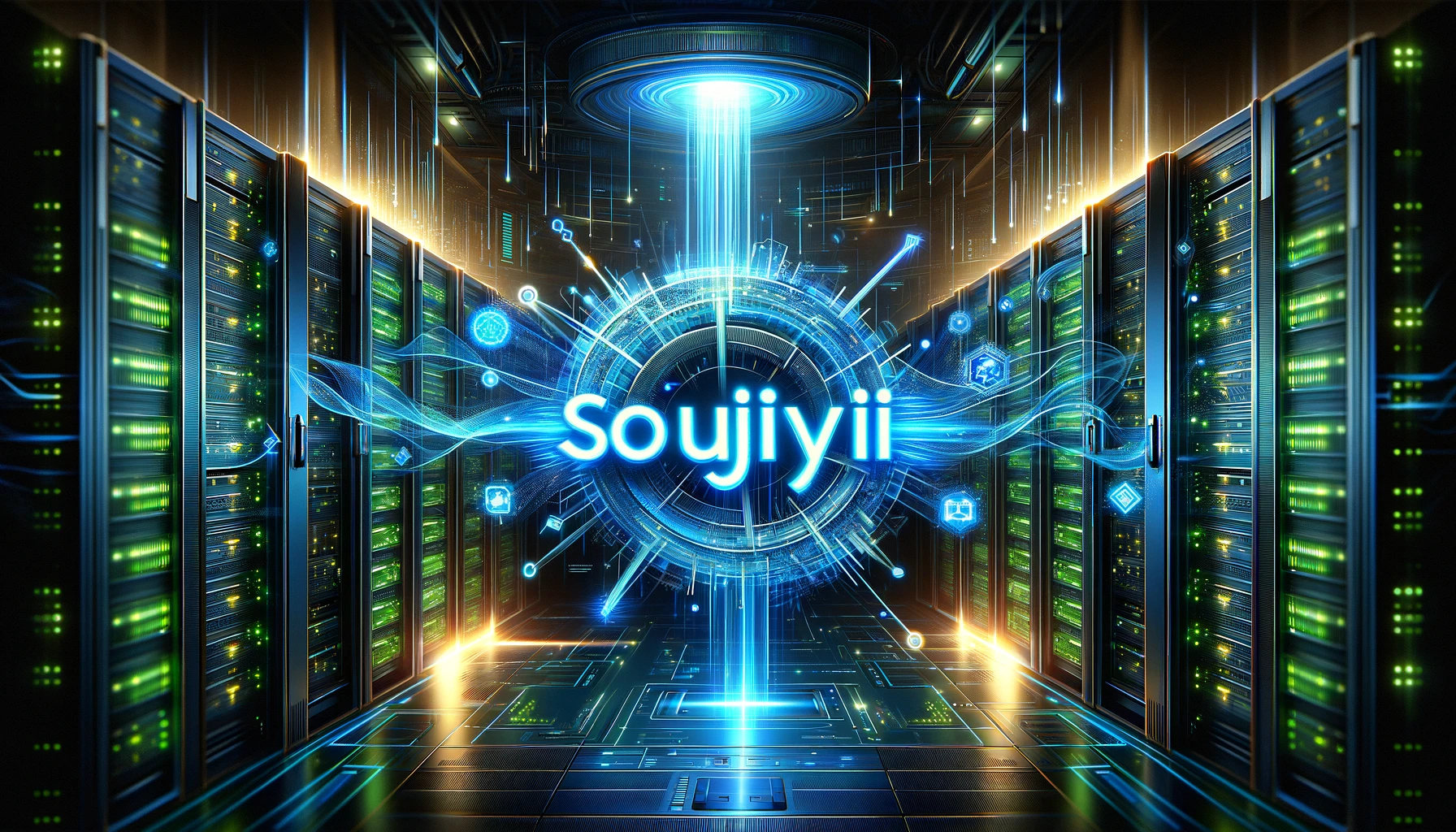
Have you ever wished you could remember everything you’ve ever learned? Well, what if I told you there’s an ancient Chinese technique that might just help you do that? Enter the world of soujiyi, a fascinating memory enhancement method that’s been captivating minds for centuries.
What is Soujiyi?
Soujiyi, which roughly translates to “search and remember,” is a memory technique with roots stretching back to ancient China. Developed by scholars and sages during the Han Dynasty (206 BCE – 220 CE), this method was initially used to memorize vast amounts of classical texts and philosophical works.
At its core, soujiyi is based on the idea that our brains are incredibly good at remembering visual and spatial information. By transforming abstract concepts into vivid mental images and placing them in familiar “memory palaces,” practitioners can recall an astonishing amount of information with remarkable accuracy.
The Science Behind Soujiyi
You might be wondering, “Does this ancient technique actually work?” Well, modern neuroscience suggests it does! When we use soujiyi, we’re essentially hijacking our brain’s natural ability to remember locations and vivid imagery. This engages multiple areas of the brain, creating stronger and more lasting memories.
But soujiyi isn’t just about remembering more stuff. Regular practice has been shown to improve overall cognitive function, boost creativity, and even enhance problem-solving skills. It’s like a gym workout for your brain!
Practicing Soujiyi: A Step-by-Step Guide
Ready to give soujiyi a try? Great! First things first, find a quiet space where you can focus without distractions. Take a few deep breaths and clear your mind. Remember, like any skill, soujiyi takes practice, so be patient with yourself.
Basic Techniques
Visualization
The heart of soujiyi is creating vivid mental images. Let’s say you need to remember a shopping list: milk, eggs, and bread. Instead of just repeating the words, imagine a giant cow (milk) laying enormous eggs on a massive slice of bread. The weirder and more outlandish the image, the better!
Association
Next, link your mental images to familiar locations. This could be rooms in your house, landmarks on your daily commute, or even parts of your own body. For our shopping list, you might picture the cow-egg-bread scene in your kitchen.
Repetition
Finally, mentally walk through your “memory palace,” revisiting each location and the associated images. Do this a few times, and you’ll be amazed at how easily you can recall the information later.
Advanced Methods
As you get more comfortable with soujiyi, you can start using more complex systems. Some advanced practitioners create entire imaginary worlds filled with vivid characters and locations, each representing different pieces of information.
Integrating Soujiyi into Daily Life
Imagine being able to ace your exams without pulling all-nighters! Many students find soujiyi invaluable for memorizing dates, formulas, and key concepts. It’s particularly useful for subjects like history, biology, and literature.
Professional Uses
But soujiyi isn’t just for students. Professionals in fields ranging from law to medicine use this technique to recall complex information quickly and accurately. Public speakers often use it to deliver lengthy presentations without notes.
Personal Growth
Beyond work and study, soujiyi can enrich your personal life too. Use it to remember names at parties, learn new languages faster, or even memorize your favorite poems or song lyrics.
Soujiyi vs. Modern Memory Techniques
While soujiyi shares some similarities with modern mnemonic devices, it’s unique in its emphasis on creating a rich, interconnected mental landscape. Unlike rote memorization, soujiyi encourages creativity and personal connection to the material.
Combining Approaches
The good news is, you don’t have to choose! Many memory experts recommend combining soujiyi with other techniques like spaced repetition or the mind map method for maximum benefit.
The Future of Soujiyi
As interest in cognitive enhancement grows, researchers are taking a fresh look at soujiyi. Some are exploring how it might be used to help people with memory disorders or learning difficulties. Others are developing digital tools to make the practice more accessible.
Global Interest and Adoption
While soujiyi has its roots in China, it’s gaining popularity worldwide. Memory champions and cognitive scientists alike are recognizing its potential, leading to a renaissance of this ancient art.
Conclusion
Soujiyi may be centuries old, but its relevance in our information-packed world has never been greater. Whether you’re a student looking to boost your grades, a professional aiming to stay sharp, or just someone who wants to remember where they put their keys, this ancient Chinese memory technique offers a powerful tool for enhancing your cognitive abilities. So why not give it a try? Your brain will thank you!
FAQs
How long does it take to see results from practicing soujiyi?
While everyone’s different, many people report noticeable improvements in their memory within a few weeks of consistent practice.
Can children learn and benefit from soujiyi?
Absolutely! In fact, children often take to the visual and imaginative aspects of soujiyi very quickly.
Is soujiyi effective for remembering numbers?
Yes, many practitioners use a system where each number is associated with a specific image or sound, making even long strings of numbers easier to remember.
Can soujiyi help with conditions like ADHD or dyslexia?
While it’s not a cure, some people with these conditions find soujiyi helpful as part of a broader cognitive strategy. Always consult with a healthcare professional for medical advice.
Are there any downsides to using soujiyi?
The main “downside” is that it takes time and practice to master. Some people also find that they need to regularly review and maintain their memory palaces to keep them effective.